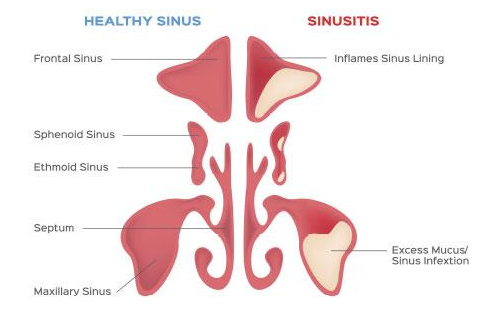Do I Have Strep Throat?
A common sore throat is brought on by a virus, which can be very infectious and produce symptoms like tiredness, congestion, stuffiness, coughing, aching and a fever. While the symptoms are depressing, the good thing about a virus is that it will run its course in about a week without antibiotics needed. On the other hand, a condition called strep throat is a bacterial infection that’s more complicated to treat. Also highly contagious, strep throat spreads by coughing, sneezing and even speaking.
If you suffer from a sore throat, there are ways to determine if what you’re feeling is viral or bacterial. If you experience any of these symptoms, you probably have strep throat:
- Swallowing is painful
- A fever of 100.4 or more
- Swollen lymph nodes on your neck
- White spots on the back of your mouth
- Headache or nausea
- In some cases, swollen and painful tonsils
Treating Strep Throat
Once strep throat is detected, antibiotics are used to treat it. It’s important to take the complete dose of your medication in the timeframe recommended, even if you feel better after just a few days. This ensures the medication will work properly and you are no longer “sick”.
- To make yourself more comfortable as you recover from strep throat, try the following measures:
- Run a humidifier in a confined area to moisturize your irritated mucus membranes
- Drink plenty of fluids like water, tea with honey or clear, warm soup broth.
- Avoid smoking cigarettes or being around others who smoke
- Stay home from work to rest and to make sure your co-workers don’t contract the infection
- Try a sore throat spray or throat drops for temporary pain relief
If your sore throat pain does not get better on antibiotics after 10 days, or if your pain worsens,visit your health care provider as soon as possible.




Comments
Post a Comment